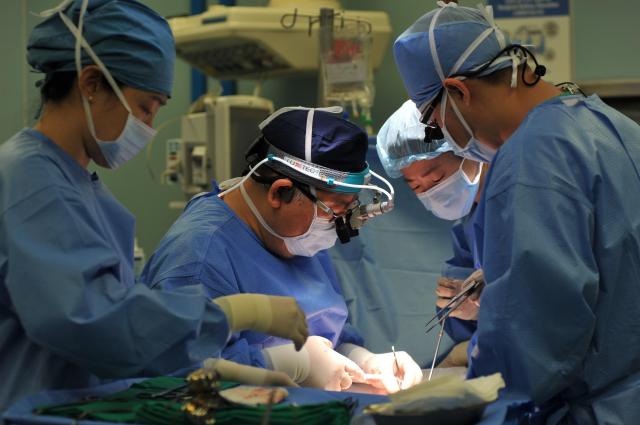Gene editing removes major barrier to pig-to-human organ transplant
By Park Sae-jin
Posted : October 22, 2015, 15:49
Updated : October 22, 2015, 15:49
In a paper published in the latest issue of the U.S. journal Science, the researchers described using the CRISPR editing method to remove potentially harmful DNA sequences at 62 locations, which are the remnants of a virus, called “porcine endogenous retrovirus (PERV),” from the pig genome.
Worldwide, human organs for transplant are in short supply. Researchers and clinicians have long hoped that the challenge could be alleviated through the availability of suitable animal organs for transplant, a concept known as “xenotransplantation.”
Pigs, in particular, have been especially promising candidates, due to their similar size and physiology to humans. In fact, pig heart valves are already commonly sterilized and de-cellularized for use repairing or replacing human heart valves.
But one of the largest safety concerns has been the fact that most mammals, including pigs, contain repetitive, latent retrovirus fragments in their genomes, present in all their living cells, that are harmless to their native hosts but can cause disease in other species.
By Ruchi Singh




